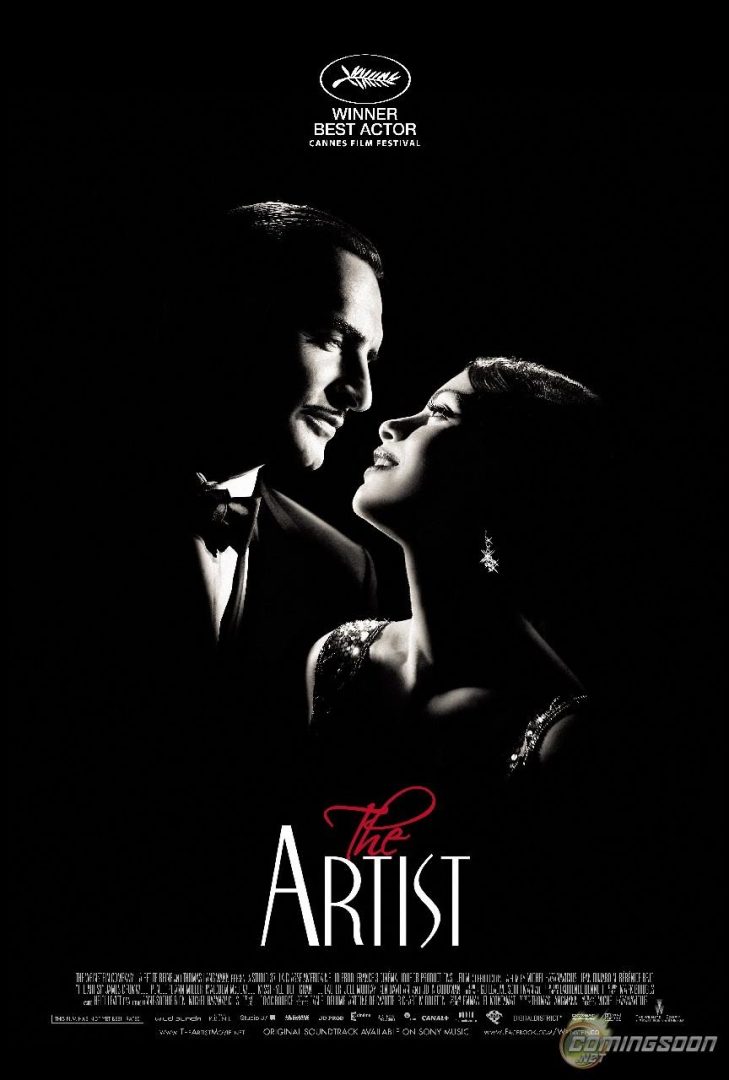Oscars Nostalgia: Best Picture Nominees Rightly Embrace the Past
February 15, 2012
Michel Hazanavicius’ “The Artist” exemplifies why Classic Hollywood (pre-1960s) was the pinnacle of filmmaking. My generation criminally underrates this time period in American cinema. However, there may be hope for my peers yet. This season the Academy of Motion Picture celebrates the style and the history of the golden age of Hollywood cinema era by highlighting the excellence of “The Artist” and a few other equally notable films. My generation has been mostly blind to films of old, but now the Academy and critics everywhere are making my peers see their significance.

Often times, students my own age perceive “talkie” and silent pictures from Classic Hollywood to be creatively backwards. Prejudice against the sound and color (or lack thereof) within a film deprives moviegoers of the opportunity to get to know the ingenious film giants who preceded today’s Hollywood elites.
Modern-day Hollywood seems ready to change that perception judging by the nomination of “The Artist,” a mostly silent film, for Best Picture. “The Artist” has received acclaim around the world and has 10 Oscar nominations under its belt. It makes my generation an offer that’s hard to refuse: to watch a silent, black and white movie that has been embraced by popular culture.
“The Artist” is a stylistic and historical relic of Classic Hollywood. Everything from the comical dog to the chiaroscuro lighting (extreme contrast of light and dark) to the opening credits is an allusion to canons from that era. Even the delicate balance between expressive body movements and the subtle intensity of the actors’ eyes is a signature of the 1920’s. The characters represent figures from all areas of a 1920’s studio lot.
This time in film history, as Hollywood moved from silent to “talkie” pictures, was instrumental in ruining the careers of many silent film icons and knows no equal. “The Artist” engages audiences not only on a stylistic level but also on a historical level by contextualizing this period in Classic Hollywood.
Prior to the success of “The Artist,” my generation often dismissed Classic Hollywood for multiple reasons: boredom with silent pictures, a lack of glaring sexuality within the films and the inability to get past the black and white image. What my generation fails to note is the wonder of these qualities.
Although there were limits on sexuality in film, studios managed to get around the strict guidelines—how else can one explain the success of Marilyn Monroe? The actress’ sexual prowess was clearly on display in black and white pictures like “Some Like it Hot.”
Marilyn Monroe the icon is now experiencing resurgence in mainstream culture thanks to the film “My Week with Marilyn.” Although Monroe has always been a well-known, the film gives modern audiences a window into her life outside the Hollywood lot and a glimpse at the Norma Jean beneath.
While “The Artist” and “My Week with Marilyn” bring the stars of old back to into the mainstream, Steven Spielberg’s “War Horse” exemplifies the style of filmmaking back in the day. With its melodramatic plot and its grand landscape shots, the film exemplifies the style of old Hollywood. “War Horse,” which is also nominated for Best Picture along with “The Artist,” explores the sentimentalized relationship between Albert and his horse, Joey. Emphasizing heroism and self-sacrifice, the film is right out of the war propaganda machine of post-war Hollywood.
Film critics like A.O. Scott of The New York Times highlight “War Horse’s” ode to classic movie making. The final scene plays out like a tribute to “Gone with the Wind,” with a golden sky warmlyoverlooking the English countryside. Prioritizing loyalty to one’s family and country over one’s own interests, this film plays to the most relatable aspects of the viewer’s life. It isn’t just sappy war movie. It’s a story of courage and determination helping the main characters overcome impossible odds.
Although I am a proud cinephile of “old movies,” I am not prejudice against contemporary films. (I enjoy “Bridesmaids” as much as the next person). Many of the films nominated in this season’s Oscars are simply “talkies” that happen to be in color. These films deserve their respective acclaim (i.e. “Hugo”).
But like Gil in “Midnight in Paris,” we can all enjoy the modern a little bit more by appreciating the art of the past. Hollywood has realized it, and in time, audiences will, too. Just seeing the films nominated for Best Picture will help any viewer realize the power of old Hollywood.








